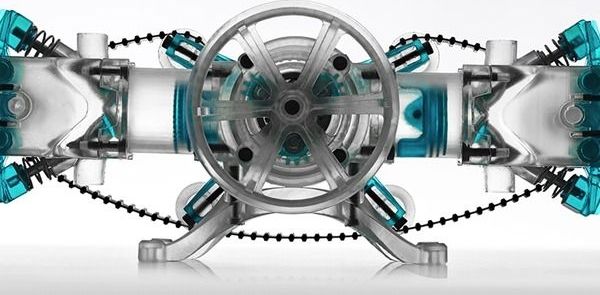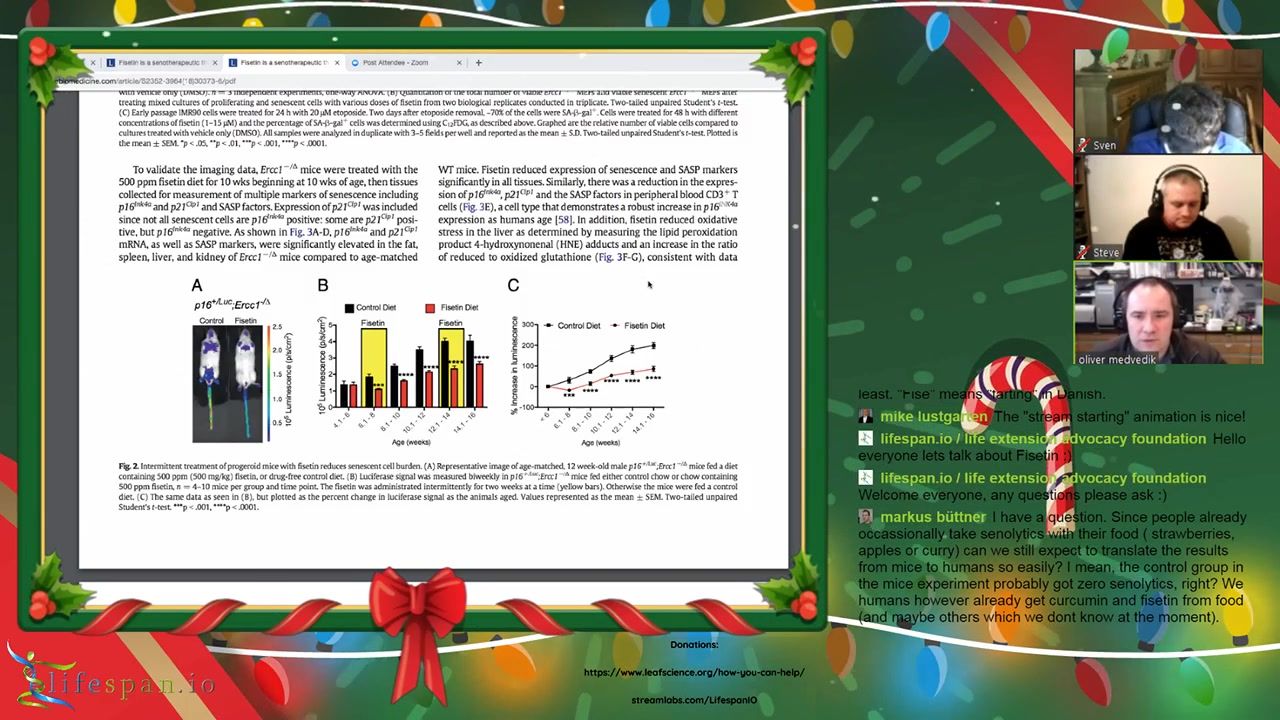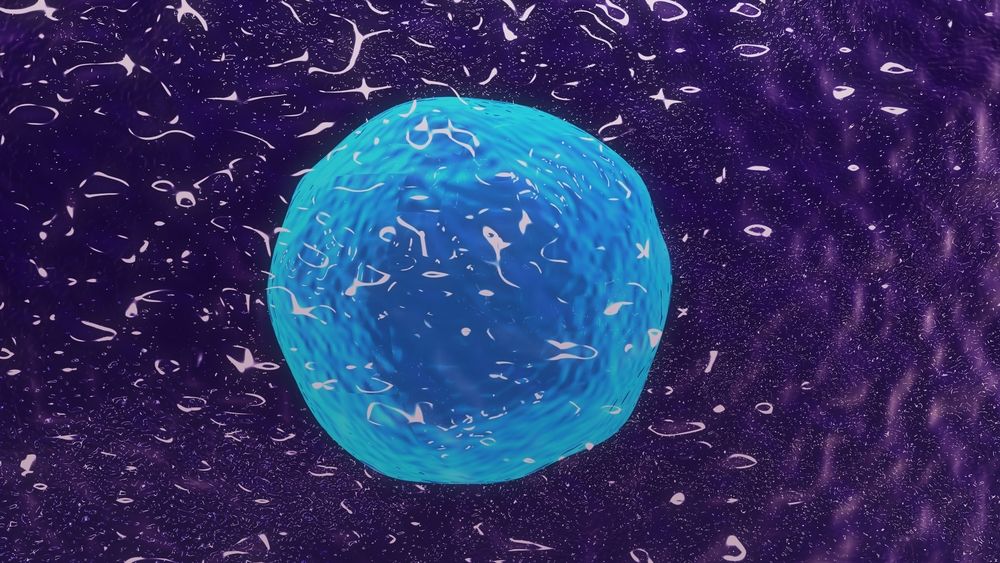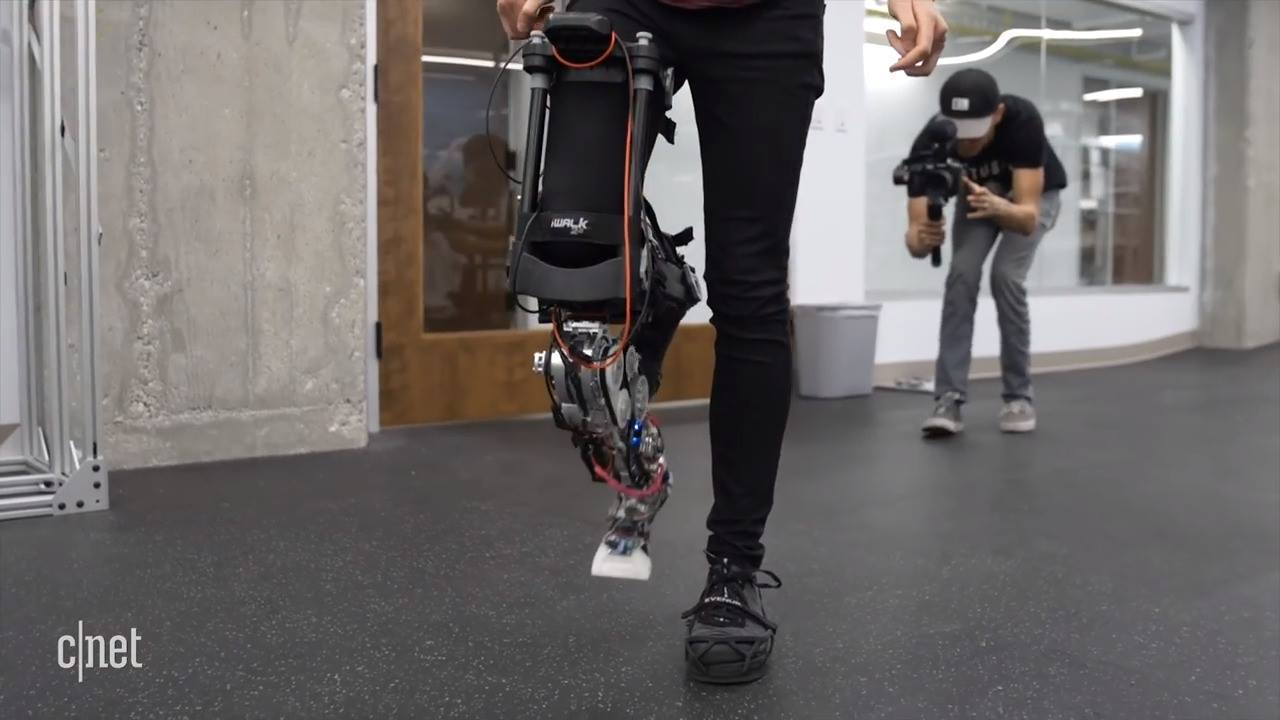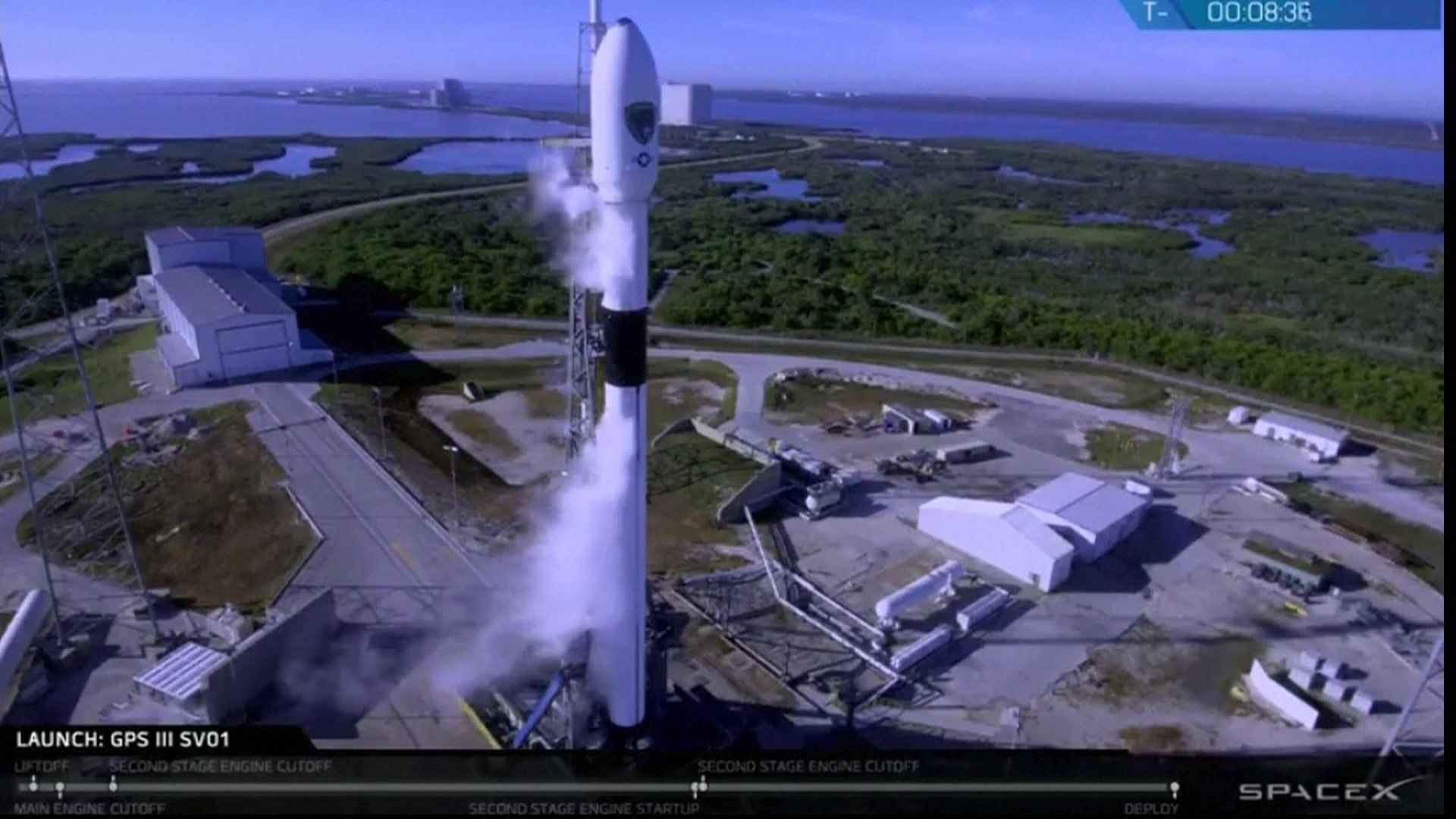Dec 18, 2018
Understanding 3D Printing Tolerances for Engineering Fits
Posted by Genevieve Klien in categories: 3D printing, engineering
In Tutorials
Tolerance and fit are essential concepts for any engineer designing mechanical assemblies.
Accounting for tolerances ultimately optimizes both the prototyping and production processes, reducing the material cost of iteration, lowering post-processing time, and mitigating the risk of accidentally broken parts.
